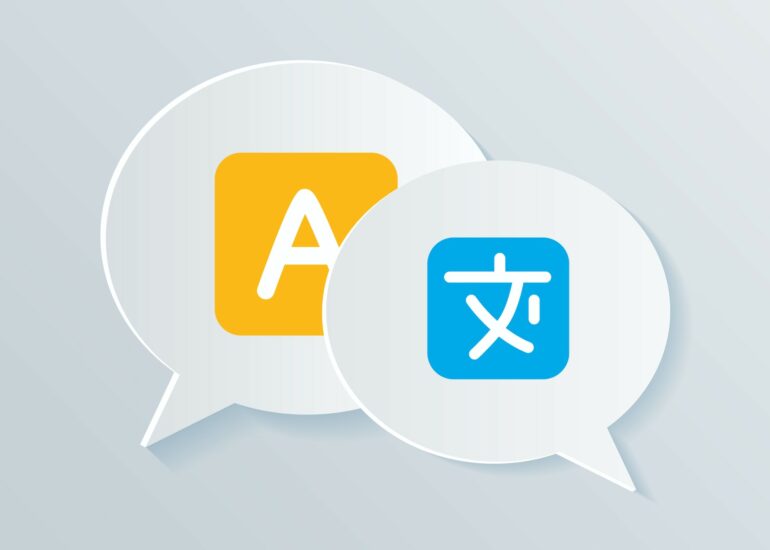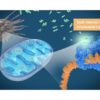Imagine your mother has cancer. You just heard about a promising new experimental treatment and want to enroll her in the study. However, your mother immigrated to the U.S. as an adult and speaks limited English. When you reach out to the research team, they tell you she is ineligible because they are recruiting only English speakers.
Unfortunately, this is an all too likely outcome of a scenario like this, because non-English speakers are frequently excluded from clinical trials and research studies in the U.S.
Despite efforts to increase research participation, racial and ethnic minorities remain underrepresented in results. A review of 5,008 papers in three pediatric journals from 2012 to 2021 revealed that only 9% of these studies included non-English speaking volunteers.
Language is a key barrier to participation, as even those with some English proficiency are less likely to participate in studies when recruitment materials aren’t in their native language. Language barriers also hinder a person’s ability to provide informed consent to participate.
This problem is not likely to fade away. The number of people with limited English proficiency in the U.S. grew by 80% between 1990 and 2013, going from nearly 14 million to 25.1 million people. As of 2022, this number rose to 26.5 million people. Excluding people with limited English proficiency is not only unethical, as these groups deserve the same access to experimental and evolving therapies as the English-speaking population, but also limits how applicable research findings are to the general population.
One way to eliminate language barriers is by translating research documents. As a translation scholar, I strive to discover ways to improve translation quality to benefit the research community and broader society. Translation in research, however, is not straightforward. Not only must the translated materials be accurate, they also have to serve their intended purpose.
The most commonly used method to evaluate translation quality in health research is backtranslation – translating the translated text into the original language and assessing how well it matches the original text. And yet, this method relies on outdated scholarship from the 1970s, perpetuating serious misconceptions about how translation works.
Understanding translation
Translation involves much more than just transferring written words from one language to another. For many health researchers, the goal of translation is to transfer meaning so it remains intact in a new language. Along these lines, the translator is meant to be a conduit of perfect linguistic equivalence. Yet, current work in the field of translation studies indicates this perfect match or meaning transfer is only an illusion.
A translator is not a conduit of meaning, but both a reader of the original text and a writer of the translation. As such, translators have their own positioning in the world that comes with a set of conscious…



